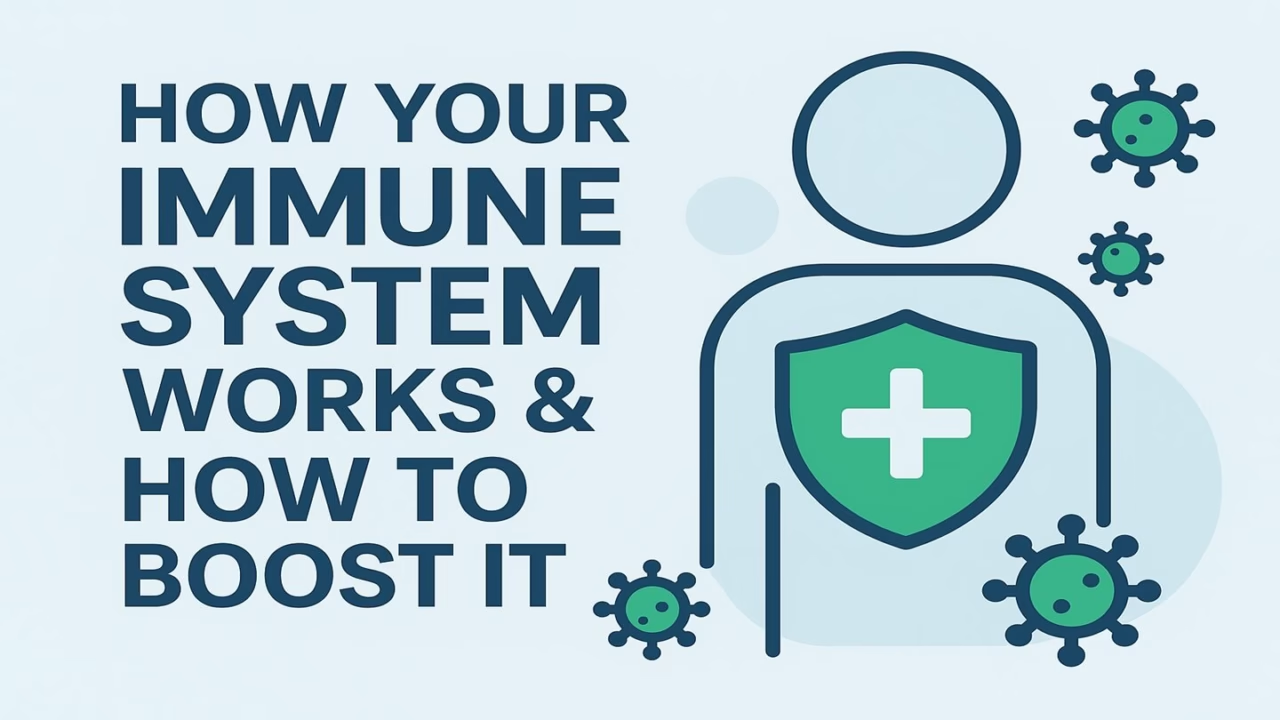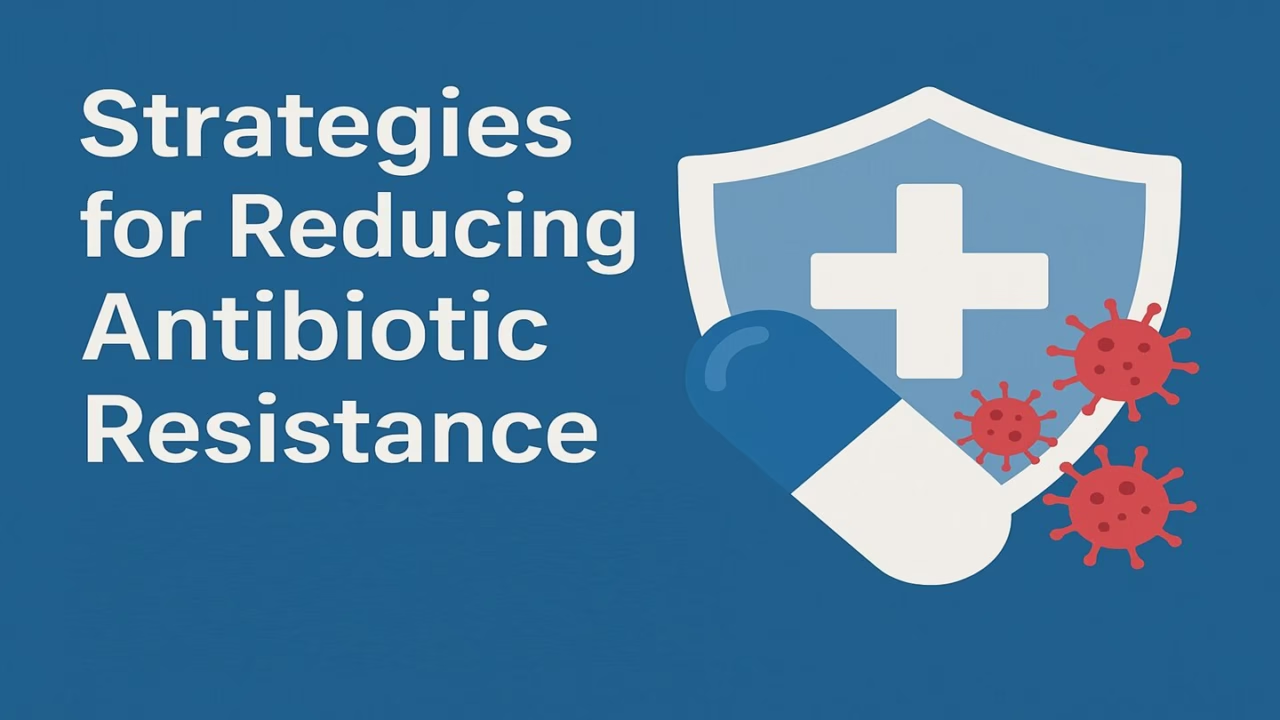🟢 Introduction
Have you ever discovered a small, soft lump under your skin that feels rubbery and moves easily when pressed? Many people panic when they notice such lumps, fearing cancer or serious illness. In most cases, however, these lumps turn out to be lipomas—benign fatty growths that are not life-threatening.
Lipomas are among the most common types of soft tissue tumors. While they are harmless for most people, understanding their causes, symptoms, and treatment options can help reduce unnecessary anxiety. This article will guide you through everything you need to know about lipomas, when to be concerned, and how doctors treat them.
🟡 What is a Lipoma?
A lipoma is a slow-growing lump of fatty tissue located just under the skin. Unlike malignant tumors, lipomas are non-cancerous and rarely cause health complications.
Key features of lipomas include:
- Soft, doughy texture
- Easily movable under the skin
- Usually painless
- Can range from 1 cm to over 6 cm in size
- Common on the neck, shoulders, arms, back, thighs, and abdomen
Though harmless, lipomas may become bothersome if they grow large, press on nerves, or appear in visible areas of the body.
🔵 Causes and Risk Factors
Doctors are still unsure about the exact cause of lipomas, but several factors increase the risk of developing them:
- 👨👩👧 Genetics: Lipomas often run in families. If one or both parents had them, you may be more likely to develop them.
- 🎂 Age: Most common in people between 40 and 60 years old.
- 🤕 Injury or Trauma: Sometimes lipomas form at sites of previous injury.
- 🧬 Medical Conditions: Certain rare disorders, such as familial multiple lipomatosis and Madelung’s disease, are linked to multiple lipomas.
- ⚖️ Body Weight: Lipomas occur in both slim and overweight people, but obesity may increase overall risk.
🟠 Symptoms of Lipoma
Most lipomas are symptom-free, but here are the signs to recognize:
- A soft, rubbery lump under the skin
- Lump grows slowly over months or years
- Size varies, typically 1–6 cm, though some can be larger
- Usually painless but may hurt if pressing on nerves or blood vessels
- Skin above the lump looks normal and moves freely
👉 Tip: If you notice a lump that grows rapidly, feels hard, or causes pain, consult your doctor immediately to rule out other conditions.
🟣 Types of Lipoma
Lipomas are not all the same. Depending on the tissue they contain, doctors classify them into several subtypes:
- Conventional Lipoma: The most common type, made up of typical fat cells.
- Fibrolipoma: Contains both fat and fibrous connective tissue.
- Angiolipoma: Contains blood vessels; may be painful.
- Spindle Cell Lipoma: Common in the back, shoulders, and neck.
- Hibernoma: A rare type that originates from brown fat cells.
Understanding these variations helps doctors decide the best management or removal method.
🔴 When Should You See a Doctor?
Although lipomas are generally harmless, not every lump is a lipoma. Sometimes, more serious conditions like liposarcoma (a rare cancerous tumor) can look similar.
Seek medical advice if you notice:
- A lump growing rapidly in size
- Pain, tenderness, or swelling around the lump
- Lump size larger than 5 cm
- Skin changes (redness, ulceration, or discoloration)
- Lump feels hard, immovable, or irregular
A quick consultation can rule out serious conditions and bring peace of mind.
🟤 Diagnosis of Lipoma
Most lipomas are diagnosed during a simple physical exam. However, if the lump looks unusual, your doctor may recommend additional tests such as:
- 🖼️ Ultrasound: To check the lump’s composition.
- 🧲 MRI or CT scan: For deeper or larger lipomas.
- 🔬 Biopsy: Rare, but done if there’s concern about cancer.
These tests help differentiate lipomas from other growths like cysts, abscesses, or tumors.
🟡 Treatment Options
Not all lipomas need treatment. If they are small, painless, and not bothersome, doctors usually recommend watchful waiting. However, treatment may be necessary if the lipoma is large, painful, or cosmetically concerning.
✅ Common treatments include:
- Observation: No treatment required unless changes occur.
- Steroid Injections: Can shrink the lipoma but won’t remove it completely.
- Liposuction: Fat cells are suctioned out through a thin tube; recurrence is possible.
- Surgical Removal: The most effective treatment. The surgeon removes the lump completely, usually under local anesthesia.
Surgery is quick and safe, with minimal scarring, but like any procedure, carries small risks of infection or recurrence.
🟢 Can Lipomas Be Prevented?
Unfortunately, there is no proven way to prevent lipomas, especially if they are genetic. Still, you can reduce risk factors associated with fatty tissue growth by:
- Maintaining a healthy weight
- Eating a balanced diet rich in whole foods
- Exercising regularly
- Avoiding excessive alcohol consumption
- Getting regular health checkups
🟠 Living With a Lipoma
Most people live with lipomas without any problem. They are usually painless and don’t interfere with daily life. However, cosmetic concerns, discomfort, or pain may lead people to seek treatment.
The good news? Once surgically removed, lipomas rarely return in the same spot. Monitoring your skin regularly and reporting any changes to your doctor is the best way to stay safe.
✨ Key Takeaway
Lipomas are benign fatty lumps that many people develop in their lifetime.
- They are usually harmless and slow-growing.
- Treatment is not always necessary unless they are large, painful, or bothersome.
- If you notice a lump growing quickly or changing in appearance, seek medical advice immediately.
✅ Disclaimer: This article is for educational purposes only. Always consult a healthcare professional for any unusual lumps or growths.
ABOUT THE AUTHOR
Dr. Nora West is a highly skilled MBBS doctor with a special interest in women’s health and patient education. She is dedicated to providing compassionate care and believes in building strong doctor–patient relationships based on trust and understanding. Dr. Nora focuses on empowering her patients with the knowledge they need to make informed decisions about their health. She is particularly passionate about preventive medicine, nutrition, and lifestyle interventions that can significantly improve quality of life. Known for her warmth and professionalism, Dr. Nora combines evidence-based medicine with a personalized approach, ensuring every patient feels supported on their journey to better health.


















Add comment